August 17, 2017
Precarious flexible working lives create toxic relationships between managers and workers, claims study
 Millions of British workers are having their health and home life put at risk and are having to beg for extra work to make ends meet because bosses are not offering them regular work patterns, a new study from Oxford and Cambridge Universities suggests. According to the study, Powerful times: Flexible discipline and schedule gifts at work published in the journal Work, Employment and Society, around 4.6 million people are subject to ‘precarious scheduling’ from employers which means that their hours are so inconsistent and unpredictable that they cannot make plans, leading to stress and problems in their home lives. The researchers said that many workers now find themselves in ‘degrading’ relationships with managers in which they are obliged to constantly ask for more work and changes to allow them to care for children and plan their domestic and recreational lives.
Millions of British workers are having their health and home life put at risk and are having to beg for extra work to make ends meet because bosses are not offering them regular work patterns, a new study from Oxford and Cambridge Universities suggests. According to the study, Powerful times: Flexible discipline and schedule gifts at work published in the journal Work, Employment and Society, around 4.6 million people are subject to ‘precarious scheduling’ from employers which means that their hours are so inconsistent and unpredictable that they cannot make plans, leading to stress and problems in their home lives. The researchers said that many workers now find themselves in ‘degrading’ relationships with managers in which they are obliged to constantly ask for more work and changes to allow them to care for children and plan their domestic and recreational lives.
More →












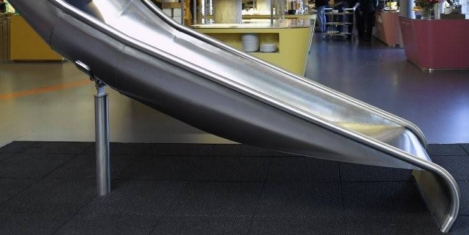
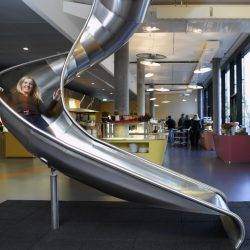
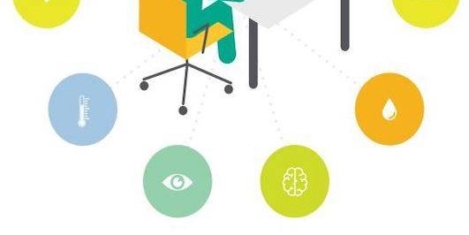
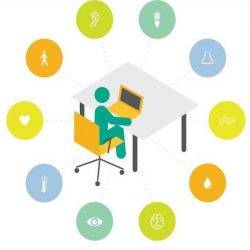 Some individuals within local government are holding back tech to preserve the status quo – a new survey suggests. According to the research, these people feel threatened by new technology and believe it will be disruptive to their ways of working. While the survey by 8×8 of staff working in local government suggested a significant appetite for new technology, more than a fifth (22 percent) say certain individuals are holding back tech adoption to preserve the status quo. This view is more prevalent amongst those in IT procurement, where more than a third (35 percent) believe colleagues are standing in the way of technology because it will disrupt what they already have in place. Only 51 percent of respondents believe senior management understand the importance of new technology and just 21 percent think they invest enough money to stay up to date with the latest developments. This contrasts with the private sector, where over half (56 percent) believe there is sufficient investment in new technology.
Some individuals within local government are holding back tech to preserve the status quo – a new survey suggests. According to the research, these people feel threatened by new technology and believe it will be disruptive to their ways of working. While the survey by 8×8 of staff working in local government suggested a significant appetite for new technology, more than a fifth (22 percent) say certain individuals are holding back tech adoption to preserve the status quo. This view is more prevalent amongst those in IT procurement, where more than a third (35 percent) believe colleagues are standing in the way of technology because it will disrupt what they already have in place. Only 51 percent of respondents believe senior management understand the importance of new technology and just 21 percent think they invest enough money to stay up to date with the latest developments. This contrasts with the private sector, where over half (56 percent) believe there is sufficient investment in new technology.
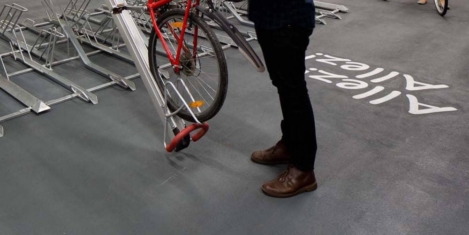
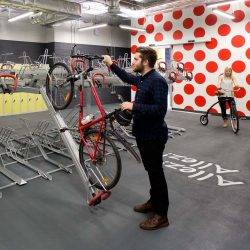














August 17, 2017
How workplace design shapes and reflects organisational hierarchies
by Angela Love • Comment, Facilities management, Workplace design
More →